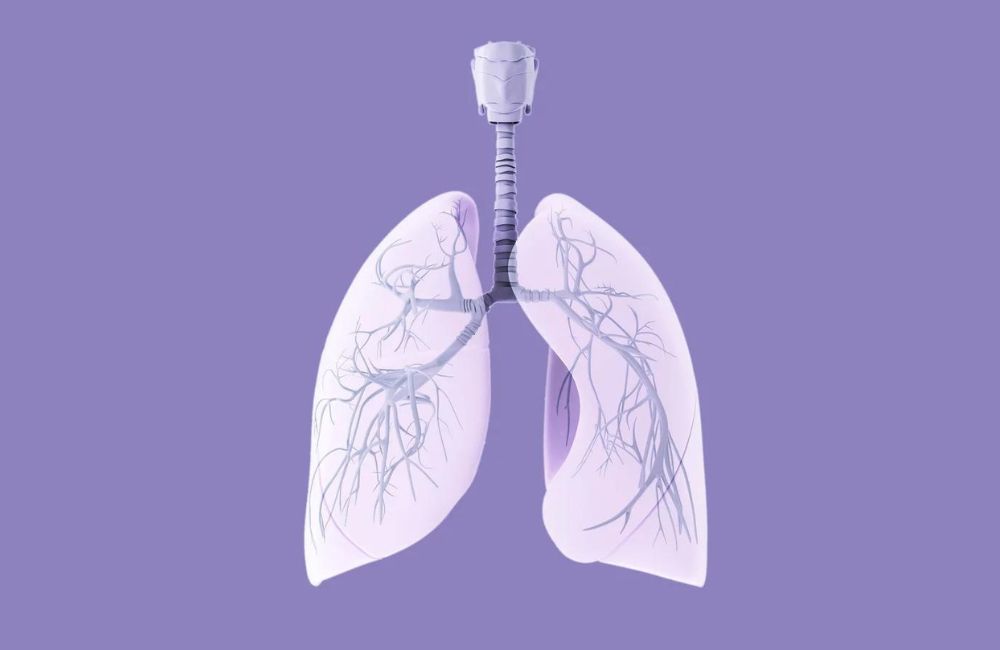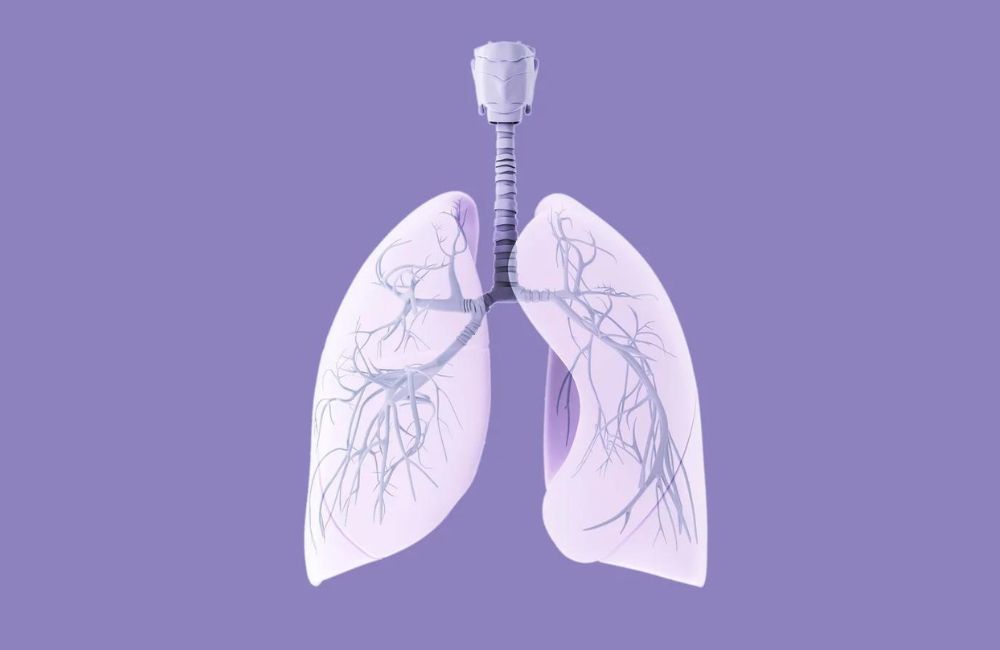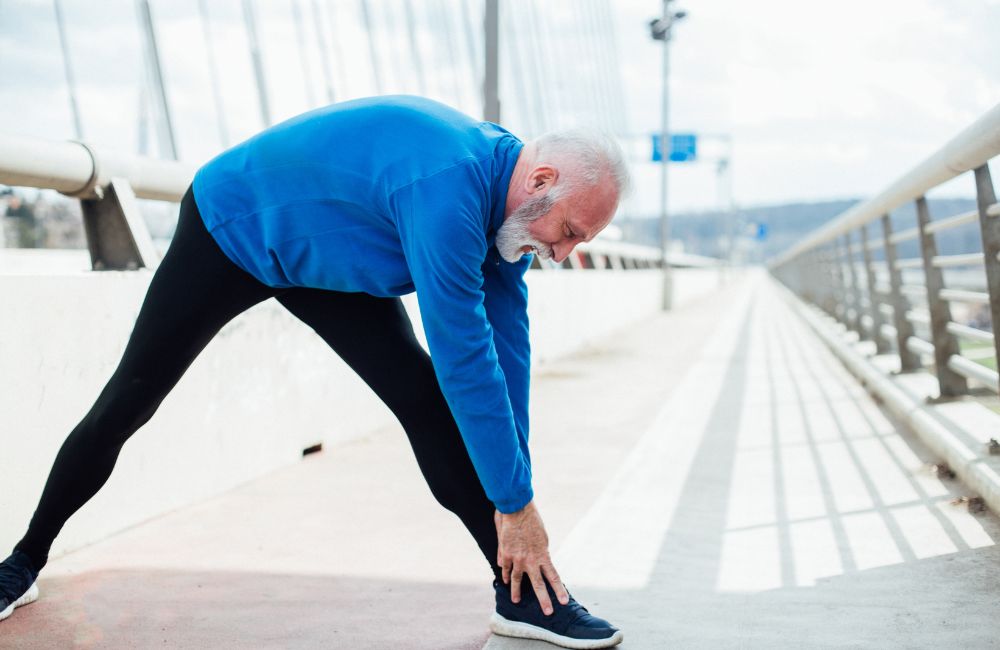
Did you know daily ‘breath exercise’ can work as well as medicine to reduce high blood pressure?
There is mounting evidence that suggests that strengthening the muscles used in breathing can be just as beneficial and vital.
New studies show that daily training for the diaphragm and other breathing muscles can help support heart health.
It can also help lower high blood pressure.
Blood pressure, pulse, respiration rate, and temperature are considered the 4 main vital signs. These simple measurements can tell us a lot about how healthy we are.
Blood pressure, in particular, can be a strong indicator of wellness. BP readings can even indicate whether or not we’re likely to have a heart attack or stroke.
For this reason, researchers are constantly on the hunt for ways to decrease high blood pressure in patients.
Recently, a group developed a product called PowerBreathe.
PowerBreathe is a small, roughly inhaler-sized product that provides resistance to the patient’s breath.
Interestingly, regular training with this device has been associated with a decrease in blood pressure.
In this article, we’ll take a look at how breath training with devices such as PowerBreathe can be effective in reducing blood pressure.
You may also like:
A 5-Minute Breathing Exercise May Be Better for Blood Pressure Than Meds
10 Foods That Will Clean Your Arteries Naturally And Protect You From Heart Attacks
Breathing Exercises to Improving Respiratory Strength

It may surprise you to know that most of our breathing muscles are skeletal muscles. Skeletal muscles include our calves, triceps, and biceps, to name a few. To train these muscles, we perform resistance training exercises.
Therefore, we can strengthen respiratory muscles through similar resistance training principles.
In order to build up our pecs and lats, we lift weights or use resistance bands. Similarly, we can resist our breath to strengthen our respiratory muscles.
PowerBreathe, and other similar devices, make training these muscles easy.
Using a Handheld Device for Increasing Breathing Muscle Strength
The patient first places the PowerBreathe in the mouth. Once positioned, it serves to provide resistance as the patient takes a deep breath in.
In a study of the device’s effectiveness, researchers found the following.
- 30 “repetitions” (breaths) per day for six weeks led to an average of 9 mmHg decrease in blood pressure.
- This is comparable to the level of decrease seen with the use of blood pressure drugs.
- The aforementioned drop in BP is correlated with more than a 30% decrease in stroke risk.
These are significant findings. In fact, this magnitude of decrease in blood pressure can take a person from a hypertensive status to normal blood pressure.
Is Your Blood Pressure Normal?
For quite some time now, “normal” blood pressure has been considered to be less than 120/80 mmHg. Anything higher than this is termed “hypertensive”. However, some groups differentiate further, classifying hypertension as follows.
- Systolic >120 mmHg, <130 mmHg, and/or diastolic >80 mmHg, <90 mmHg is considered prehypertensive.
- Systolic >130 mmHg, <140 mmHg, and/or diastolic >90 mmHg, <100 mmHg is considered hypertensive stage I.
- Systolic >140 mmHg and or diastolic >100 mmHg is considered hypertensive stage II.
Furthermore, there is no defined cutoff for what is considered “low blood pressure”. This diagnosis is primarily based on symptoms, not blood pressure measurement.
Disease Prevention Through Breath Training
Not only can breathing exercise reduce the severity of hypertension, it might also prevent it from ever occurring.
Some researchers postulate that breath training can have similar physiologic effects as aerobic exercise.
At this time, the data does not currently provide strong support for this claim. However, it stands to reason that strengthening these muscles can be a preventative step for the development of hypertension.
It should be said, however, that aerobic exercise has many other benefits. For example, walking or biking can also improve muscular endurance and strength throughout the body.
So, we don’t want to imply that breath training should replace aerobic exercise. Rather, it could be used in conjunction with this type of workout.
Breath Training for Everyone
Obviously, breath training seems like a great option for those with lung disease and hypertension.
However, this pursuit may also be helpful for:
- Athletes,
- Younger individuals,
- Older individuals,
- Virtually everyone else.
Athletes, in particular, might benefit from breath training. There is some evidence that the practice can increase cardiovascular endurance.
Regardless of age, ability level, gender, or any other defining feature a person has; it seems that breath training is a great tool!
Summary
Every day, we are making scientific breakthroughs. Some of these breakthroughs challenge our understanding of physiology and disease processes.
Recent studies have found that breath training can provide numerous health benefits. Some of these benefits include decreased blood pressure and improved endurance.
Are you experiencing high blood pressure or other similar health issues? If so, it may be time to talk to your doctor about breath training!


